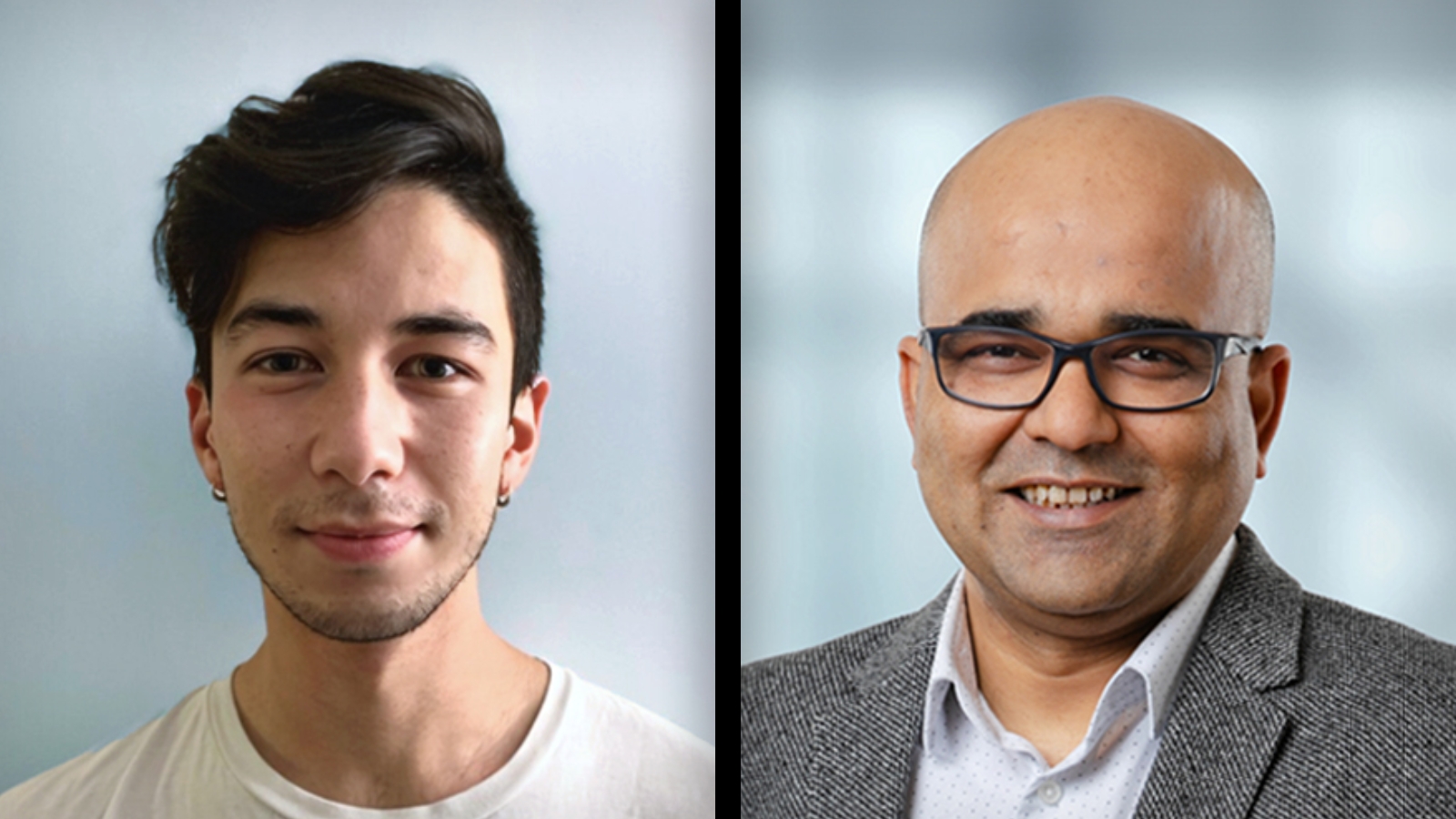Fitness
Deep learning for epilepsy

Scientists at UHN’s KITE Research Institute offer new hope for epilepsy research as they develop deep learning models to predict epileptic seizures.
Epilepsy, one of the world’s most prevalent neurological disorders, affects more than 50 million people worldwide. Characterized by the sudden onset of seizures, epilepsy can lead to serious physical injury and even death.
The ability to predict the onset of epileptic seizures can significantly reduce injury and improve quality of life.
A team led by Dr. Shehroz Khan, a scientist at KITE and senior author of the study, focused on leveraging deep learning models to analyze electroencephalogram (EEG) data. EEG is a test that uses small electrodes to measure brain activity and serves as a vital tool for understanding seizure onset.
“Deep learning models are advanced computer algorithms that learn to recognize patterns and make predictions by processing large amounts of complex data,” says Dr. Khan, who is also an assistant professor at the University of Toronto’s Institute of Biomedical Engineering.
“By using these models to distinguish pre-seizure EEG patterns, we can help epilepsy patients and their caregivers anticipate seizures and take preventive measures.”

Using a combination of supervised and unsupervised deep learning approaches, the researchers trained the learning models to identify subtle changes in brain activity preceding seizures.
“Supervised deep learning involves using labelled data where seizure occurrence is known,” explains Zakary Georgis-Yap, a previous Master’s student in Dr. Khan’s lab and first author of the study. “On the other hand, unsupervised deep learning allows the model to learn predictive patterns from unlabeled data on its own.
“The advantage of unsupervised learning models is that they do not require comprehensively labelled data – which can be challenging and time-consuming to obtain.”
To evaluate the effectiveness of their models, the researchers conducted extensive testing on two large seizure datasets containing EEG-recorded data from 40 patients.
The results of the study were promising, showcasing the feasibility of both supervised and unsupervised approaches in seizure prediction.
However, prediction results for both models varied across datasets, patients and learning approaches, highlighting the considerable variability in pre-seizure brain activity between individuals.
“While there is still work to be done, our research represents a significant step forward in the field of epilepsy management,” concludes Dr. Khan. “By harnessing the potential of deep learning, we have the opportunity to develop personalized therapeutic interventions and ultimately save lives.”
By UHN Research Communications
This study was supported by generous donors to UHN Foundation.

No one ever changed the world on their own but when the bright minds at UHN work together with donors we can redefine the world of health care together.


)






